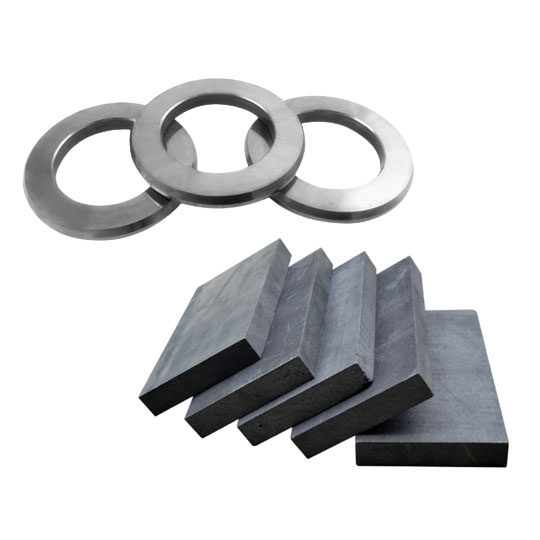超硬プレートイノベーションの現在の産業用途
超硬プレート は長い間、さまざまな産業で縁の下の力持ちとして、比類のない耐久性と性能を提供してきました。鉱業から航空宇宙まで、その用途は広大かつ重要である。
鉱業および建設業
鉱業や建設業の険しい地形では、設備は絶え間ない摩耗や損傷に直面する。超硬プレート、特にタングステンカーバイド製のものは、ドリルビットやカッティングエッジなどの工具に使用されています。その卓越した硬度は、工具の寿命を延ばし、ダウンタイムとメンテナンスコストを削減します。
製造と機械加工
製造業では精度が最も重要である。超硬プレートは加工ツールに不可欠であり、必要な剛性と耐摩耗性を提供します。これにより、安定した製品品質と効率的な生産サイクルが保証されます。
航空宇宙・防衛
材料が過酷な条件にさらされる航空宇宙分野では、超硬プレートがタービンブレードや装甲メッキなどの部品に使用されている。高温に耐え、変形しにくいため、なくてはならない存在となっている。
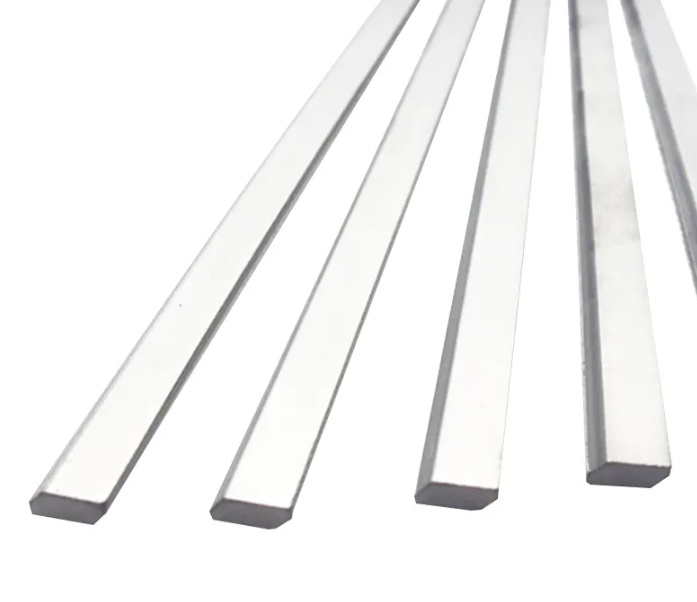
最近のイノベーション 超硬プレート テクノロジー
超硬プレート技術の領域は画期的な進歩を遂げ、可能性の限界を押し広げている。
アディティブ・マニュファクチャリング(3Dプリンティング)
積層造形は、超硬部品の製造に革命をもたらした。材料を積層することで、複雑な形状を精密に実現できる。この方法は、材料の無駄を減らし、迅速なプロトタイピングを可能にします。
ナノ構造超硬プレート
ナノテクノロジーを取り入れて、研究者はナノスケール構造の超硬プレートを開発した。これらのプレートは硬度と靭性が向上し、長寿命と性能の向上につながる。スミトモエレクトリックドットコム, 中炭ドットコム)
ハイブリッド超硬複合材料
超硬合金をセラミックや金属などの他の材料と組み合わせることで、ハイブリッド複合材料が誕生した。これらの複合材料は、硬度と柔軟性のバランスがとれており、強度と弾力性の両方を必要とする用途に適しています。
超硬プレート・イノベーションの利点
最近の超硬プレート技術の革新は、多くの利点をもたらしている:
- 耐久性の向上:高度な製造技術により、より過酷な条件にも耐え、長持ちするプレートを実現。
- パフォーマンスの向上:技術革新により、熱安定性と耐摩耗性が向上し、安定した性能を確保。
- コスト効率:長持ちするプレートは交換頻度を減らし、長期的にはコスト削減につながる。
- デザインの柔軟性:アディティブ・マニュファクチャリングにより、特定の用途に合わせたカスタム設計が可能になった。
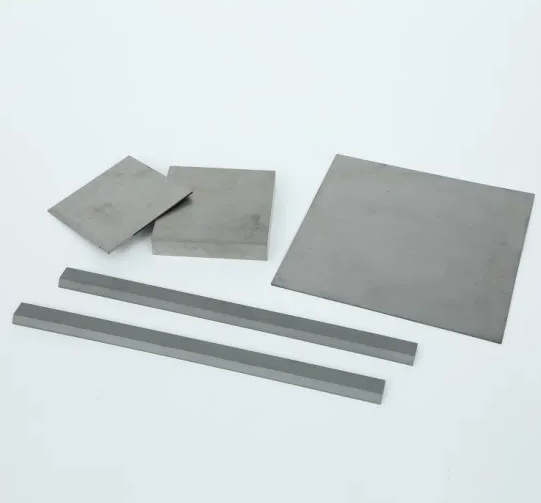
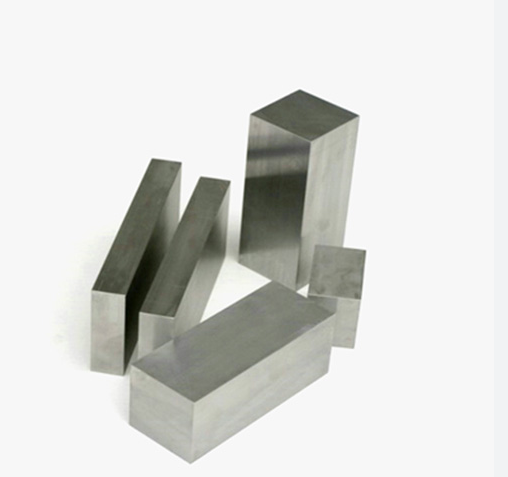

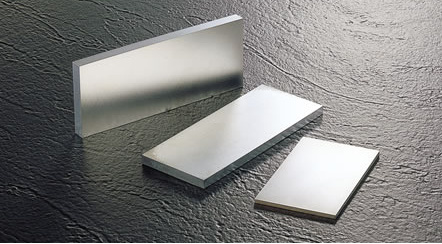
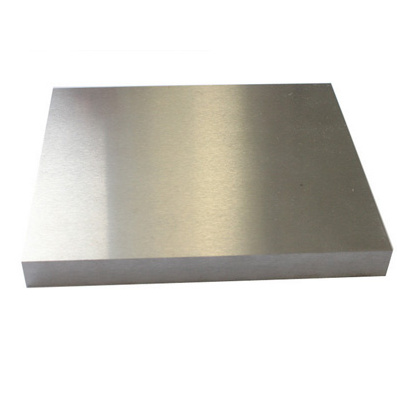
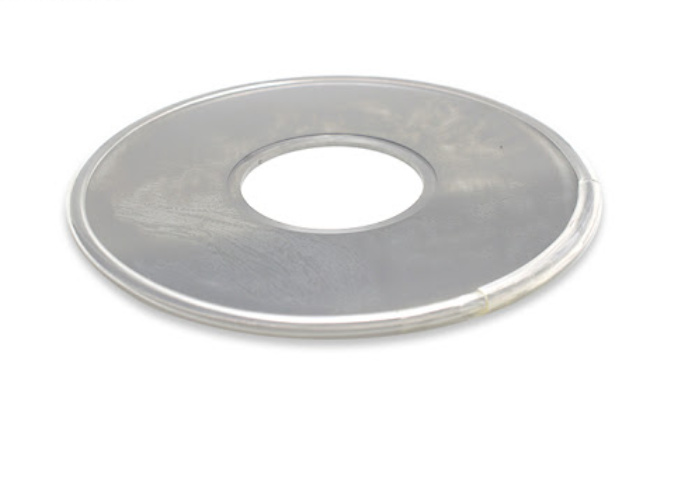
課題と今後の動向
進歩が期待される一方で、課題も残っている:
材料費
高品質の超硬材料、特に希少元素を含む超硬材料は高価である。性能とコストのバランスをとることは、現在進行中の課題である。
製造上の制限
積層造形の進歩にもかかわらず、大規模な超硬部品の製造は依然として複雑である。こうした限界を克服するための研究が進められている。
今後の動向
- サステイナブル素材:産業界は、環境への影響を軽減するために、環境に優しい素材やプロセスへと移行している。
- スマート素材:摩耗や性能をリアルタイムで監視するために、超硬プレート内にセンサーを組み込むことが視野に入っている。
- グローバル・コラボレーション:産業界と研究機関の協力により、イノベーションの加速が期待される。
特定の金属粉末モデル 超硬プレート
ここでは、超硬プレート製造に使用される特定の金属粉末モデルについて詳しく見てみよう:
| モデル | 構成 | 説明 |
|---|---|---|
| WC-コ | 炭化タングステン-コバルト | 硬度と靭性のバランスが取れた広く使用されている複合材。切削工具や耐摩耗用途に最適。 |
| TiC | 炭化チタン | 高い硬度と耐食性で知られる。サーメット用途によく使用される。 |
| Cr3C2 | 炭化クロム | 耐酸化性に優れ、高温用途に適している。 |
| エヌビーシー | 炭化ニオブ | 高い融点を持ち、耐火物用途に使用される。 |
| TaC | 炭化タンタル | 非常に硬く、融点が高いことで知られる。切削工具や耐摩耗部品に使用される。 |
| かそう | 炭化バナジウム | 耐摩耗性を高め、超硬合金の粒成長抑制剤としてよく使用される。 |
| Mo2C | 炭化モリブデン | 熱伝導性、電気伝導性に優れる。触媒や耐摩耗用途に使用される。 |
| SiC | 炭化ケイ素 | 高い熱伝導率と強度で知られる。高温用途に使用される。 |
| B4C | 炭化ホウ素 | 最も硬い素材のひとつ。弾道装甲や研磨用途に使用される。 |
| ZrC | 炭化ジルコニウム | 高い硬度と耐食性を提供。原子力用途に使用。 |

よくあるご質問
| 質問 | 回答 |
|---|---|
| 超硬プレートとは? | カーバイドプレートは、主にカーバイド化合物で作られた複合材料で、その硬度と耐摩耗性で知られています。 |
| なぜ超硬プレートが工業用途に好まれるのか? | その耐久性、耐摩耗性、耐腐食性、高温への耐性のためである。 |
| アディティブ・マニュファクチャリングは超硬プレート製造にどのような影響を与えたか? | これにより、複雑な設計、材料の無駄の削減、迅速なプロトタイピングが可能になる。 |
| 超硬プレートの技術革新が最も恩恵を受ける産業は? | 鉱業、製造業、航空宇宙、防衛の各セクターが大きな恩恵を受けている。 |
| 超硬プレート製造に環境面での懸念はありますか? | はい、特に原材料の調達に関してはそうです。しかし、持続可能な慣行やリサイクルが採用されている。 |


